
By Yoyo Chiang
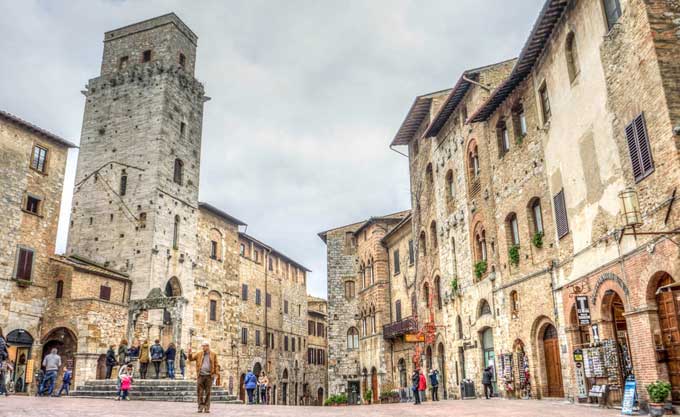
Now we invite you to join us in our second part of this journey through the most beautiful cities in Italy:
Pisa
Pisa is a place of miracles, the second largest city in Tuscany and the entrance gate on the Italian Riviera.
The biggest tourist attraction is the Leaning Tower. But Pisa offers much more such as the Square of Miracles which has many place that must be visited: Plaza del Duomo, Baptisterium, a circular building that was built in 1153 by Diotisalvi, the marble Cathedral, the Cathedral of Santa Maria Asuntos, the tomb of Henry VII of Luxembourg, the University’s Botanic Garden etc.
The Tower of Pisa (Torre Pendente) was built in August of 1173, housing the bells of the cathedral in Piazza dei Miracoli. This building has a height of 55 m and has 294 stairs. Although it was designed to stand vertically, due to the slippery soil layers, the foundation began to sink after construction started, tilting it toward the south. Over time, the tower has undergone many consolidations.
Bologna
In Bologna you’ll enjoy the best local cuisine and culinary product,s full of rich flavors and tastes, while you explore the crowded and fascinating city.
Bologna is known for the oldest university in the Western world, typical foods, its reddish tile roof architecture, its theaters and nightlife. The city’s architecture is known for its ornaments and roofs, with different shades from red to ocher, hence the name “Bologna Rossa” (Bologna The Red One).
Recommend Articles:
Carmel-By-The-Sea: A Fairytale Destination
The Secrets of Angkor Wat – The Cambodian Archaeological Site
The central part of the city, characterized by kilometers of covered walkways called “portico”, is a wonderful historic center. Also, the University of Bologna was founded in 1088.
Naples (Napoli)
Although the city is more chaotic and crowded than other Italian cities, Naples impresses by elegant palaces, medieval houses and its museums.
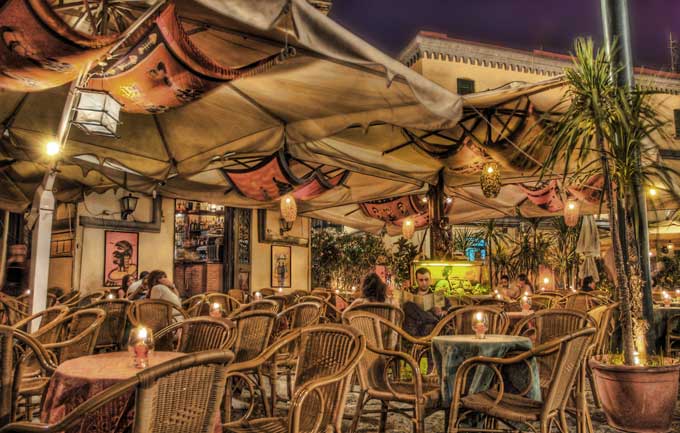
Many of the tourists who arrive in Naples hopelessly fall in love with the city, wishing they lived or were born there, coming back whenever they have the occasion.
It was founded between the seventh and sixth centuries BC by the Greeks and was named Neapolis, which means “new city”. Due to its vast artistic heritage, the historic center of Naples has earned its place in the UNESCO World Heritage.
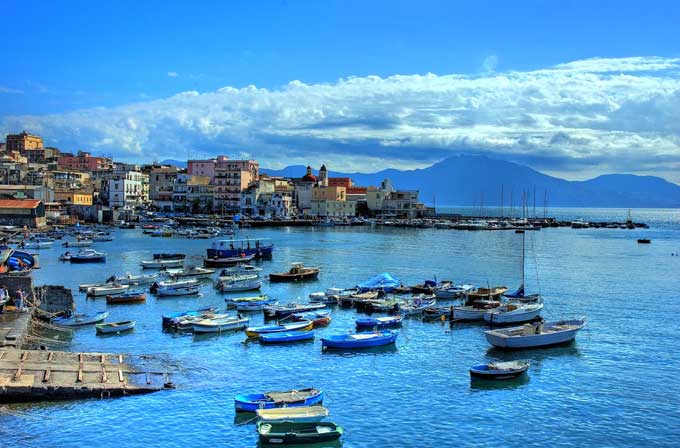
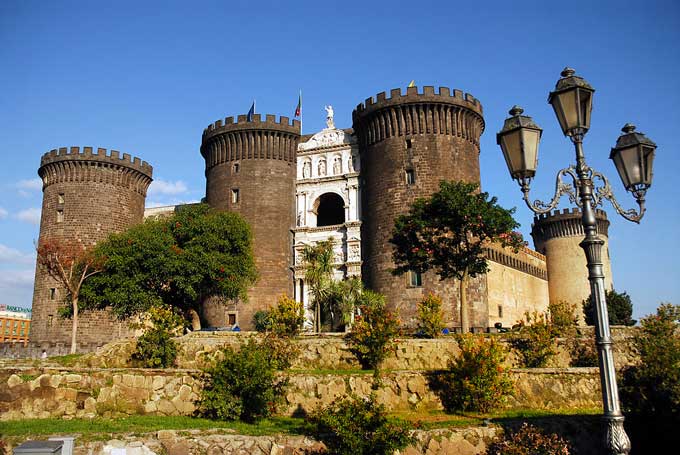
The city has one of the largest historical centers in the world and 448 historic and monumental churches, the highest number in the world for one city.
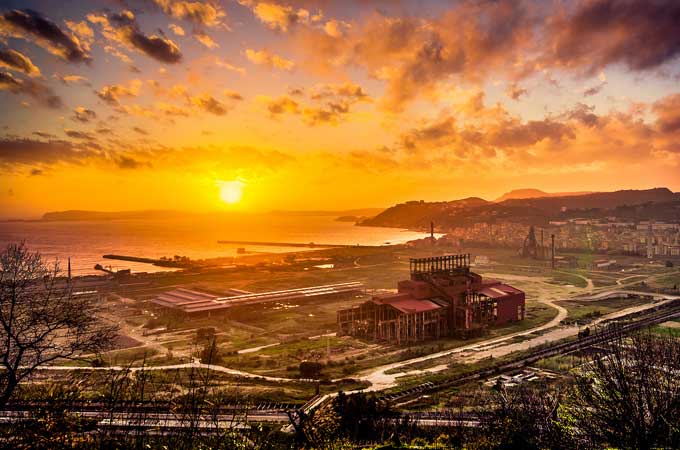
Greeks built the city and lived in the region long before Roman times. The most spoken language in Naples is Italian or a mixture of Italian and napulitano (Neapolitan). Neapolitan is sometimes described as an Italian dialect, but may be considered a separate language.
San Gimignano
San Gimignano is one of the great emblems of Tuscany, and you risk to suddenly and hopelessly fall in love with this small town. The road to San Gimignano is bordered by oleanders and valleys, and you can almost feel Tuscany’s beating heart.
This charming medieval town, founded in the eighth century, is known for its great towers, which originally were 72, of which only 14 have been preserved until now.
Probably the most beautiful small town of Italy, there are some places where you can recall the medieval Tuscan atmosphere. Paved roads, high protective walls, imposing towers, narrow pedestrian streets and minimal traffic, creates the illusion of timelessness.
The famous towers date from the time when prosperous families in search of prestige, were trying to build buildings as tall as their social status. The competition was so aggressive between these families, that the government passed a law prohibiting the construction of any tower taller than Palazzo del Popolo, the local authority premises.
In addition to being a social status symbol, the towers served as defensive structures during unceasing discord between families, and were used to store grain during sieges or to throw hot oil on the enemy.
Recommended Articles:
Five Of The Most Exotic Places To Spend Your Honeymoon
Sark Island: The Place Where You Can’t Find A Single Car on The Road
An incredibly beautiful city from all points of view: the view from the top of Torre Grossa is extraordinary; markets and palaces in San Gimignano add that something special to the town; the beautiful brick paving of Piazza della Cisterna, Piazza del Duomo and the town hall, add color to this picture.
It’s a truly fabulous medieval town!
Genoa (Genova)
Genoa is a historic port city in northern Italy and the capital of Liguria. Genoa, as a tourist attraction, is often shadowed by cities such as Rome or Venice, even if it has a long history as an important commercial center.
However, with its multitude of attractions hidden, with excellent cuisine (especially fish and seafood), an old renovated port and one of the largest aquariums in Europe, with its position as “European Capital of Culture” in 2004, all of these made the birthplace of explorer Christopher Columbus into an enticing place that is increasingly sought on the tourist market.
The sites to visit are numerous, and it’s good to remember some of them: Carlo Felice Theater, the Cathedral of St. Lawrance, Doge’s Palace, St. George Palace, St. Andrew Church, Neptune – a perfect replica of a Spanish galleon from the 17th century, Villa del Principe, Genoa Lighthouse and Ferrari Square.
Padua (Padova)
In Padua, the city of angels, you can find beauty at every step. A medieval atmosphere is preserved even today between its walls. The city is surrounded by two circles of walls with 28 gateways, but its signature are the porticos. It looks like a mix of splendid Renaissance palaces and modest red brick buildings.
Padua was born in 1184 BC, which in Roman times was called “Patavium” and was considered by Strabo one of the richest cities of the empire.
The city is a mixture of Venetian, Roman, Medieval, and Renaissance civilization.
The immense Basilica of Saint Anthony, built between 1232 and 1300, is crowned with eight domes and Byzantine towers, build in the architecture style of minarets, sheltering the tomb and relics of the saint patron of the city, Portuguese by birth and Padovan by destiny, in the chapel decorated with bas-reliefs depicting the miracles he did. Inside the basilica you can admire paintings by Tiziano.
Padova also has the oldest botanical garden in Europe, founded in 1545. This garden was included by UNESCO on the World Heritage list.
Italy remains one of the most popular tourist destinations in the world, due to its beautiful cities, a successful combination of history, art, architecture, ruins, cathedrals, traditions and culture, and last but not least, for special culinary experiences, specific to each city.
If you haven’t read the first part of this article, you can find it here. What was you experience while visiting Italy? Leave us a comment bellow a share you story.
Recommended Articles:
Robson’s Bookworm Café: Building the World’s Most Beautiful Bookstore
Neuschwanstein – The Fairytale Castle of Louis II of Bavaria
Top 10 Most Impressive Caves in the World






Cancel anytime


Using our website
You may use the The Middle Land website subject to the Terms and Conditions set out on this page. Visit this page regularly to check the latest Terms and Conditions. Access and use of this site constitutes your acceptance of the Terms and Conditions in-force at the time of use.
Intellectual property
Names, images and logos displayed on this site that identify The Middle Land are the intellectual property of New San Cai Inc. Copying any of this material is not permitted without prior written approval from the owner of the relevant intellectual property rights.
Requests for such approval should be directed to the competition committee.
Please provide details of your intended use of the relevant material and include your contact details including name, address, telephone number, fax number and email.
Linking policy
You do not have to ask permission to link directly to pages hosted on this website. However, we do not permit our pages to be loaded directly into frames on your website. Our pages must load into the user’s entire window.
The Middle Land is not responsible for the contents or reliability of any site to which it is hyperlinked and does not necessarily endorse the views expressed within them. Linking to or from this site should not be taken as endorsement of any kind. We cannot guarantee that these links will work all the time and have no control over the availability of the linked pages.
Submissions
All information, data, text, graphics or any other materials whatsoever uploaded or transmitted by you is your sole responsibility. This means that you are entirely responsible for all content you upload, post, email or otherwise transmit to the The Middle Land website.
Virus protection
We make every effort to check and test material at all stages of production. It is always recommended to run an anti-virus program on all material downloaded from the Internet. We cannot accept any responsibility for any loss, disruption or damage to your data or computer system, which may occur while using material derived from this website.
Disclaimer
The website is provided ‘as is’, without any representation or endorsement made, and without warranty of any kind whether express or implied.
Your use of any information or materials on this website is entirely at your own risk, for which we shall not be liable. It is your responsibility to ensure any products, services or information available through this website meet your specific requirements.
We do not warrant the operation of this site will be uninterrupted or error free, that defects will be corrected, or that this site or the server that makes it available are free of viruses or represent the full functionality, accuracy and reliability of the materials. In no event will we be liable for any loss or damage including, without limitation, loss of profits, indirect or consequential loss or damage, or any loss or damages whatsoever arising from the use, or loss of data, arising out of – or in connection with – the use of this website.
Last Updated: September 11, 2024
New San Cai Inc. (hereinafter “The Middle Land,” “we,” “us,” or “our”) owns and operates www.themiddleland.com, its affiliated websites and applications (our “Sites”), and provides related products, services, newsletters, and other offerings (together with the Sites, our “Services”) to art lovers and visitors around the world.
This Privacy Policy (the “Policy”) is intended to provide you with information on how we collect, use, and share your personal data. We process personal data from visitors of our Sites, users of our Services, readers or bloggers (collectively, “you” or “your”). Personal data is any information about you. This Policy also describes your choices regarding use, access, and correction of your personal information.
If after reading this Policy you have additional questions or would like further information, please email at middleland@protonmail.com.
PERSONAL DATA WE COLLECT AND HOW WE USE IT
We collect and process personal data only for lawful reasons, such as our legitimate business interests, your consent, or to fulfill our legal or contractual obligations.
Information You Provide to Us
Most of the information Join Talents collects is provided by you voluntarily while using our Services. We do not request highly sensitive data, such as health or medical information, racial or ethnic origin, political opinions, religious or philosophical beliefs, trade union membership, etc. and we ask that you refrain from sending us any such information.
Here are the types of personal data that you voluntarily provide to us:
As a registered users or customers, you may ask us to review or retrieve emails sent to your business. We will access these emails to provide these services for you.
We use the personal data you provide to us for the following business purposes:
Information Obtained from Third-Party Sources
We collect and publish biographical and other information about users, which we use to promote the articles and our bloggers who use our sites. If you provide personal information about others, or if others give us your information, we will only use that information for the specific reason for which it was provided.
Information We Collect by Automated Means
Log Files
The site uses your IP address to help diagnose server problems, and to administer our website. We use your IP addresses to analyze trends and gather broad demographic information for aggregate use.
Every time you access our Site, some data is temporarily stored and processed in a log file, such as your IP addresses, the browser types, the operating systems, the recalled page, or the date and time of the recall. This data is only evaluated for statistical purposes, such as to help us diagnose problems with our servers, to administer our sites, or to improve our Services.
Do Not Track
Your browser or device may include “Do Not Track” functionality. Our information collection and disclosure practices, and the choices that we provide to customers, will continue to operate as described in this Privacy Policy, whether or not a “Do Not Track” signal is received.
HOW WE SHARE YOUR INFORMATION
We may share your personal data with third parties only in the ways that are described in this Privacy Policy. We do not sell, rent, or lease your personal data to third parties, and We does not transfer your personal data to third parties for their direct marketing purposes.
We may share your personal data with third parties as follows:
There may be other instances where we share your personal data with third parties based on your consent.
HOW WE STORE AND SECURE YOUR INFORMATION
We retain your information for as long as your account is active or as needed to provide you Services. If you wish to cancel your account, please contact us middleland@protonmail.com. We will retain and use your personal data as necessary to comply with legal obligations, resolve disputes, and enforce our agreements.
All you and our data are stored in the server in the United States, we do not sales or transfer your personal data to the third party. All information you provide is stored on a secure server, and we generally accepted industry standards to protect the personal data we process both during transmission and once received.
YOUR RIGHTS/OPT OUT
You may correct, update, amend, delete/remove, or deactivate your account and personal data by making the change on your Blog on www.themiddleland.com or by emailing middleland@protonmail.com. We will respond to your request within a reasonable timeframe.
You may choose to stop receiving Join Talents newsletters or marketing emails at any time by following the unsubscribe instructions included in those communications, or you can email us at middleland@protonmail.com
LINKS TO OTHER WEBSITES
The Middle Land include links to other websites whose privacy practices may differ from that of ours. If you submit personal data to any of those sites, your information is governed by their privacy statements. We encourage you to carefully read the Privacy Policy of any website you visit.
NOTE TO PARENTS OR GUARDIANS
Our Services are not intended for use by children, and we do not knowingly or intentionally solicit data from or market to children under the age of 18. We reserve the right to delete the child’s information and the child’s registration on the Sites.
PRIVACY POLICY CHANGES
We may update this Privacy Policy to reflect changes to our personal data processing practices. If any material changes are made, we will notify you on the Sites prior to the change becoming effective. You are encouraged to periodically review this Policy.
HOW TO CONTACT US
If you have any questions about our Privacy Policy, please email middleland@protonmail.com
The Michelin brothers created the guide, which included information like maps, car mechanics listings, hotels and petrol stations across France to spur demand.
The guide began to award stars to fine dining restaurants in 1926.
At first, they offered just one star, the concept was expanded in 1931 to include one, two and three stars. One star establishments represent a “very good restaurant in its category”. Two honour “excellent cooking, worth a detour” and three reward “exceptional cuisine, worth a
Thank you for your participation,
please Log in or Sign up to Vote

123Sign in to your account